NASA And Boeing Will Hold A "Space-Is-Hard" Media Event Today

Starliner Returning to Factory to Resolve Valve Issue
“Today, Boeing informed NASA that the company will destack its CST-100 Starliner from the Atlas V rocket and return the spacecraft to the Commercial Crew and Cargo Processing Facility (C3PF) for deeper-level troubleshooting of four propulsion system valves that remain closed after last Tuesday’s scrubbed launch.”
 Keith’s 1:00 pm EDT update: This just serves to confirm what I wrote earlier. Boeing and NASA have a big problem to deal with – a spacecraft that is simply not ready for prime time.
Keith’s 1:00 pm EDT update: This just serves to confirm what I wrote earlier. Boeing and NASA have a big problem to deal with – a spacecraft that is simply not ready for prime time.
Most probable cause – NTO oxidizer permeation through seals in the valve. When there is interaction with water, Nitric acid was created and resulted in corrosion that resulted in fixing of the valves. That is our leading candidate. #OFT2 #Starliner #Boeing #NASA
— NASA Watch (@NASAWatch) August 13, 2021
NASA, Boeing to Provide Update on Starliner’s Orbital Flight Test-2
“NASA and Boeing are continuing discussions on the status of the Orbital Flight Test-2 (OFT-2) mission, and will host a joint media teleconference at 1 p.m. EDT, Friday, Aug. 13, to discuss the second uncrewed flight of Boeing’s CST-100 Starliner spacecraft to the International Space Station, as part of the agency’s Commercial Crew Program.”
Boeing Works to Open Starliner Valves, Determine Cause of Valve Issues
“Nine of the previously affected 13 valves are now open and functioning normally after the application of electrical and thermal techniques to prompt and command them open. Similar techniques are now being applied to the four valves that remain closed.”
What in the Hell Is Going on With Boeing’s Starliner?, Gizmodo
“Keith Cowing, a former NASA employee and editor of the site NASA Watch, made his opinion known yesterday in a painfully brief post: How–why–did this spacecraft–one that is supposed to eventually fly humans–ever make it to the launch pad without fully operational propulsion valves in the first place? Just wondering.”
 Keith’s note: Boeing shipped this spacecraft to the pad with the full intention of launching it. The first time this design flew its software did not know what time it was or where the spacecraft was. Then this new, basic problem arose in a fundamental spacecraft system. Rolling back from the pad is a serious decision. Now, after a week fiddling with some equipment required for both nominal and contingency operations of this human-rated spacecraft, Boeing still has not fixed the problem.
Keith’s note: Boeing shipped this spacecraft to the pad with the full intention of launching it. The first time this design flew its software did not know what time it was or where the spacecraft was. Then this new, basic problem arose in a fundamental spacecraft system. Rolling back from the pad is a serious decision. Now, after a week fiddling with some equipment required for both nominal and contingency operations of this human-rated spacecraft, Boeing still has not fixed the problem.
You are likely going to hear that much more invasive work needs to be done – and that means prolonged delays in launching this vehicle. That also means that an army of Boeing and NASA safety people will parachute into this process and participate in months of work. Odds are that a launch will only happen in 2022. And even if that uncrewed mission is successful you are not likely to see a human crew on board until this time next year at the earliest. And there is an Atlas V waiting for something to do.
All of this costs Boeing money out of their pocket on top of the cost of dealing with OFT-1 remediation. Boeing only stands to get a certain amount of reimbursement from NASA for the crews that the agency will pay them to fly. Commercial missions are buying the only ride in town – SpaceX. As such a non-NASA revenue stream is simply not there for Boeing. At some point Boeing is going to have to either fix this spacecraft such that NASA and its crews wan to fly on it – or – Boeing is going to have to face the fiscal music and pull the plug on the whole misadventure. Stay tuned.
Today’s media event will likely be summarized in a few sentences by most competent reporters. The rest of the event will be spent by both NASA and Boeing as they try too put a happy face on this and downplay the cold engineering reality and the potential impact on the program. And of course Kathy Lueders will say “space is hard” at some point in the briefing because that is all NASA knows how to say in these situations.


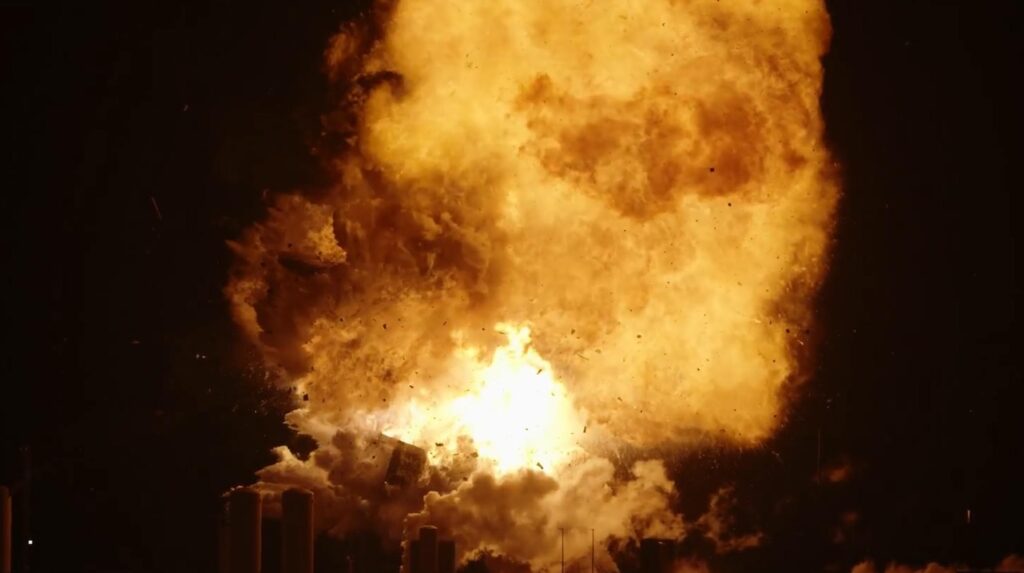
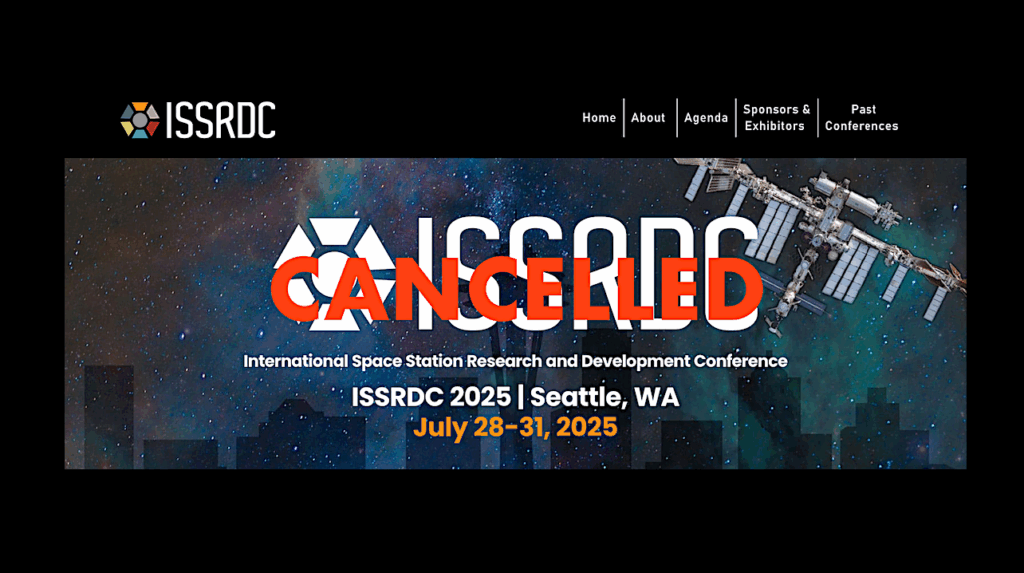
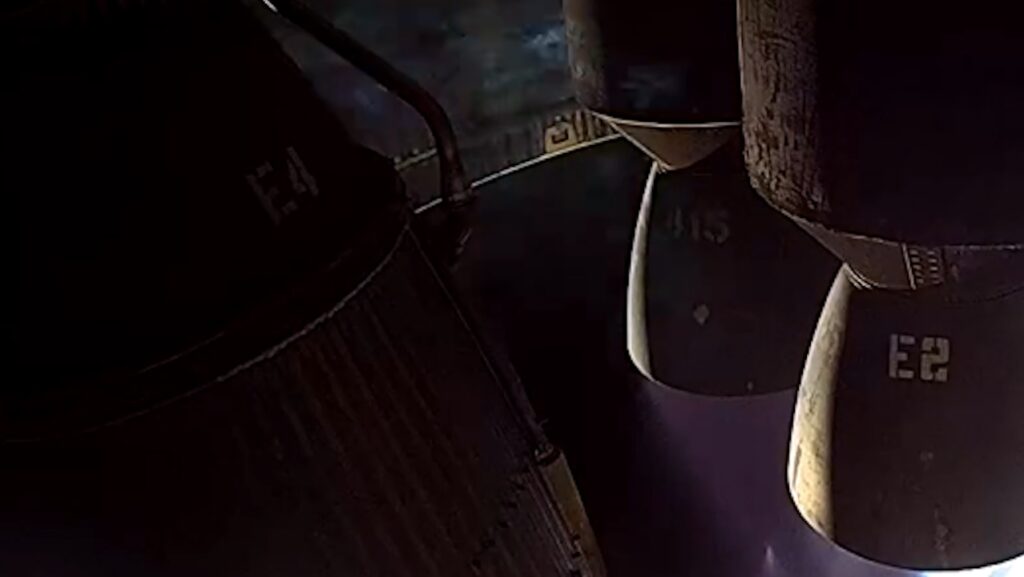
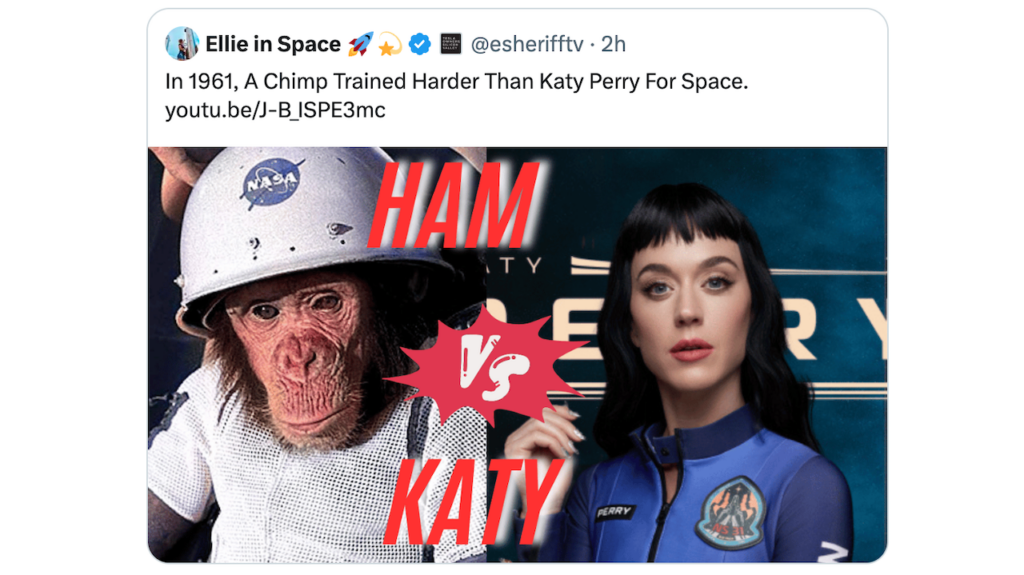
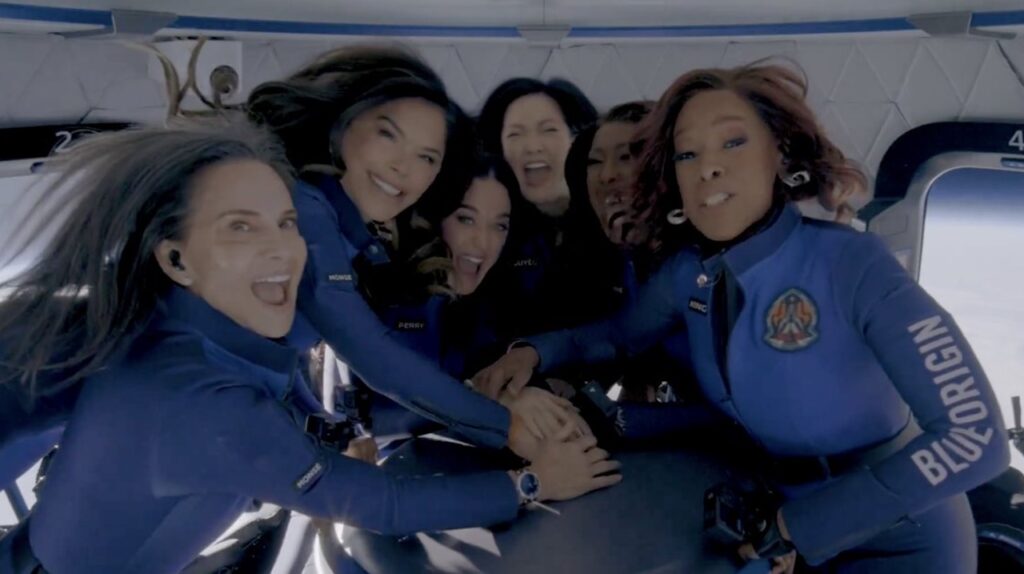
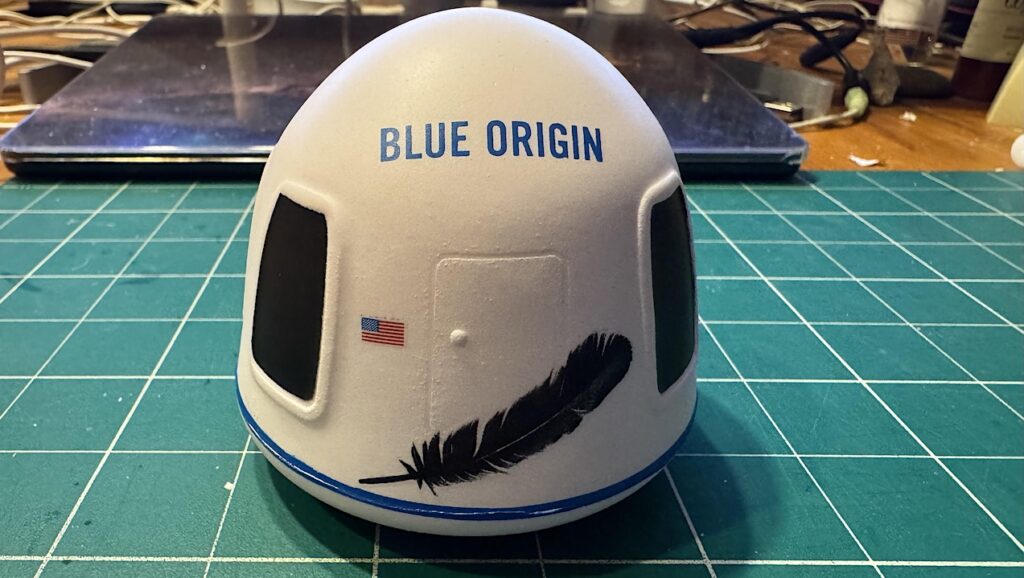

“Space-Is-Hard”…….
Tell me about it when you actually get there.
Worth repeating: “Boeing and NASA have a big problem to deal with – a spacecraft that is simply not ready for prime time.”
I’m still waiting for another shoe to drop; the ~14m seal between the upper and lower clamshell halves. They can be separated for loading/unloading, but to my old eyes that seam is a big leak looking for a time & place to happen.
https://uploads.disquscdn.c…
Aren’t we glad that we are paying the “experienced provider” way more than SpaceX for the same services? /sarcasm.
Thank god for SpaceX and that NASA had the guts to get bids and select two companies.
I some how doubt that we’d have same problems with Sierra Nevada …
How hard is it to design and fly a space capsule? 10+ years and counting! Maybe Boeing should have kept some people from heritage Rockwell Apollo & Shuttle after the SSP program ended. Letting all of the grey beards go out the door and hiring/replacing them with younger/cheaper (unexperienced) engineers out of college seems to have backfired. Just sayin’.
They grabbed dozens and dozens from ET for the SLS. From seasoned techs to some of LM’s best rocket engineers. Some came to work for Boeing, some were contracted from LM. Across the board, they were mostly ignored. All good ideas flow from the top down in Boeing. On SLS, everything down at Michoud is planned and decided on in Huntsville. The disconnect problem is experienced over and over, is obvious to everyone from the janitors on up, yet never fixed. The culture is broken. Here’s a question: Take a guess how many OPEN work orders (unfinished work), NCR’s, etc. were on the SLS when it shipped from Michoud to Stennis for testing before going to the Cape?
My working theory for some time has been that due to the delays and sunk costs, Boeing will Starliner and finish out the contract for launches, but they’ll never build beyond Starliner’s two space-worthy (supposedly) examples, they won’t bid on a follow up contract and this is a dead end for them where if they turn a profit at all, it’ll be very meager.
Boeing needs to examine the engineering decline that Starliner (among other things) represents. Compared to SpaceX, in nearly every conceivable way they’ve been playing catch up, over complicating their vehicle, or pursuing antiquated approaches. My favorite micro-example of this (that actually isn’t so micro) is how Starliner was originally going to jettison the nosecone over the docking ring. Then it saw that Crew Dragon had a hinge, and suddenly it modified the design to have a hinge.
And there is more. It’s extremely cramped compared to Crew Dragon. It’s control systems look like they were ripped from the Shuttle’s Glass Cockpit of 20 years ago. It’s suits are basically lighter weight blue aces. It’s accessibility for servicing requires essentially ripping it apart. It has no real comparable trunk. It’s crew escape system is part of its (expensive) full fledge service module and not reusable.
Oh and there is the small matter of (despite the fact it’s launch vehicle agnostic) it being likely tied permanently to Atlas V and Vulcan-Centaur, two rockets that will never come close to the Falcon 9 in affordability.
Ironically Starliner is in it’s own way “necessary”. An “American Soyuz” was a post-Columbia buzz phrase and people kicked around ideas for simple, efficient, cheap capsules on top of EELVs for years, particularly after the Ares I + Orion was announced. It took much longer than expected, but Starliner is exactly that – a (comparatively) simple capsule on top of an EELV from one of the big space companies. And it turns out it’s an antique compared to its already flying competition and riddled with problems.
In my view, NASA needs to give Boeing until the end of 2022 to put people on the ISS, and if the fail to do that, cancel the contract and take them to court.
I do want to repeat a comment I made a few days ago though: this arbitrary decision to have two independent manned space capsules is an expensive, well meaning but shortsighted dead end, and it never should have been introduced as a requirement. We didn’t have a Plan B with any American manned space vehicles until the Commercial Crew program. It made military sense with the EELVs to have two independent launchers, but these are civilian missions that aren’t national security related. If a Crew Dragon has a fault or a failure, ground them for a few months, see if the problem is systemic and repair it if it is, then fly them again. If we’re serious about commercializing space and sending more people up there than ever before, when tragedy’s happen we need to not have a multi-year post-Columbia lockdown ever again, and instead think more in terms of Apollo 1 and 13. Because failures are going to happen. There hasn’t been a single regular use vehicle that’s flown multiple times that hasn’t had a failure. Even 737s with 50 years of engineering and quintuple redundancies still suffer failures (albeit the vast majority not fatal).
Flying both Starliner and Crew Dragon represents a thought process about risk that is incompatible with an ambitious space program with a large commercial component.
Give Boeing/Starliner a year or shut it down.
Except having a sole commercial crew provider means it is very likely we get only the Starliner due to Boeing ‘s lobbying power at the time when the contract was awarded. There will be no crewed Dragon.
Which might put the entire US human spaceflight program into question with the sub-par performance from Boeing.
Sad, but true. “Pork” to Boeing in order to get smaller servings to the ground breaking entrepreneurs like SpaceX.
There will be a Commercial Crew 2 competition about 2024/2025, and even if Starliner survives 2022 I do not expect Boeing to compete. By then Crew Dream Chaser and a few other entrants should appear. Of note; Rocket Lab’s Neutron has a 4.5 meter metal (steel?) core and is said to be reusable & human rated.
If Blue Origin can get the BE-4 to work they would be a likely bidder.
Boeing was paid more and doing less than SpaceX.
Anyone think to call Sierra Nevada?
This, 100x. The only problem is DC is currently anchored to Vulcan, which as yet doesn’t have a flight worthy engine. I’ll believe Blue Origin can deliver one when BE-4 survives MECO without its guts melting.
SNC should buried their dispute with SpaceX and inquired about getting a ride up on the Falcon 9 or Falcon Heavy. There really no other viable options currently.
Someone call Riff-Raff and request a mercy killing ?
To fix this problem end the special relationship between Boeing and NASA government employees. Stop them from being able to join Boeing right after government service. Put a 5 year moratorium in place and 10 years for SES grades. That will fix part of the problem.
Even after they solve the valve problem they have to pull off OFT-2, the success of which is far from certain. Hopefully OFT-2 goes smoothly, but we won’t know for sure until the flight is completed.
It is not inconceivable that the first Starliner flight with astronauts may not occur until 2023.
If NTO is leaking past valve seals, that’s a much bigger problem than valves not working.
Funny, didn’t the Boeing CEO at the time of the contract awards, or soon after, state his company would fly successfully long before SpaceX?
Funny that. So current CEO, how’s that crow taste?
Boeing hasn’t built a MANNED spacecraft since that business was Rockwell, and they were building space shuttles.
Dear Boeing CEO, and all future CEO’s, shut your pie hole and execute, then maybe, just maybe, we will consider listening to you.
SpaceX also had problems with NTO leakage, causing the explosion when the abort system was tested. Shuttle occasionally had thruster leaks when it landed. Unfortunately after all these years NTO and hydrazine are corrosive and somewhat unstable and valves and seals for these propellants remain unreliable; soft seals degrade and hard seals cannot tolerate contamination. Hypergolic systems seem simple
but they need realistic life cycle testing. Maybe a better solution for vehicles like Starship that will need long term cryo fuel storage is methalox thrusters with spark plugs.
With all its problems there are elements of the Starliner design that seem well thought out, including the land recovery strategy, and the company should make a real attempt to get it flying.
If I understand correctly it was not totally unexpected to have some NTO leakage. What was unexpected is to have moisture in those cavities, which they don’t know how it got there. The theory is that the moisture reacted with the NTO to create nitric acid which led to the corrosion. It could take some time to figure all of this out and make whatever modifications are needed to prevent it. Or else make a rationale that they have a probable cause and can mitigate it somehow. I suppose they could also argue that they can always test the valves just prior to launch and catch any problems, like they did this time.
The moisture was likely either condensation or leakage of rain water. NTO is reactive even when free of water. I don’t think that leakage in a valve that has not even been cycled is acceptable. That’s why SpaceX went to a metallic burst foil for the NTO supply on its abort engines. In the event that hardware is highly susceptible to moisture continuous a nitrogen or dry air purge would be needed.